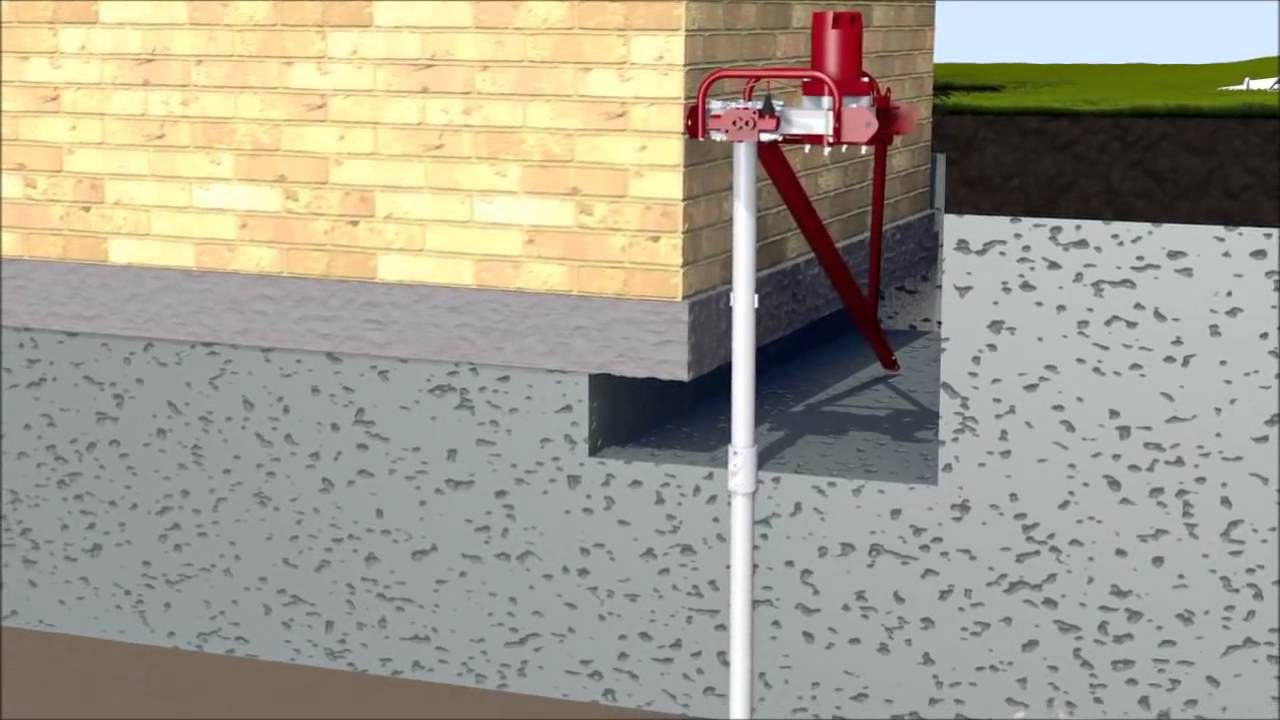Underpinning is a method for strengthening the foundation of a building. This may be necessary in cases of subsidence or when adding more floors.
Underpinning Melbourne involves excavating soil beneath an existing foundation in controlled stages known as pins to prevent any risk of undermining it.
Pile Method
Pile underpinning involves installing piles (commonly referred to as foundation piers) at regular intervals to support an existing structure and transfer its weight onto weaker foundations. It is particularly helpful in expansive, erosive or waterlogged soil conditions.
Pile foundations can be constructed of steel, timber or in-situ concrete and driven into the ground until they reach hard stratums, having their load bearing capacity calculated prior to design.
Underpinning involves connecting concrete or steel piles using needles made of concrete or steel that penetrate walls to act both as beams and caps simultaneously. This approach to underpinning works particularly well in clayey soils and waterlogged areas; furthermore, it offers quick and cost-effective underpinning solutions; furthermore it helps avoid damage to buildings during underpinning process as well as to the environment during underpinning process; also anti-heave precautions may be required if your current foundation rests upon shifting clay soils
Beam Method
Underpinning using the beam method is an elegant construction technique for building repair. This delicate process involves adding reinforcement in both width and depth of an existing foundation so that it rests atop highly supportive soil strata – providing faster underpinning solutions than micro pilling and jet grouting which are expansive methods.
Underpinning is accomplished using piles on either side of a divider that supports an insecure foundation. These piles are connected via needle or pin that penetrates into walls to support them and treat settlement caused by waterlogging or clayey soil conditions.
Cantilever needle beam underpinning is an extension of pit underpinning, used when only deepening in one direction is possible due to site constraints. A dry sand-cement packing mortar is rammed between each pier to safely transfer its load onto its new pins.
Driven Piles Method
Driven piles are the iconic foundation for pile structures. Constructed using timber–a centuries-old technique that remains widely employed today–or precast concrete piles reinforced to withstand driving stresses; or steel piles of tubular, box, or H section construction, driven piles provide solid support.
Piles are installed into the ground by applying force with a piling hammer, and to achieve optimal pile performance the stiffness of each pile must be adjusted according to its stiffness and anticipated soil resistance. Once driven into place they should reach an agreed termination layer as indicated in their design report.
Keep a record of the pile driving process to make sure it goes according to plan. If pile depth doesn’t reach desired termination level due to changes in soil strength or driving system performance, conducting a restrike test may provide structural engineers with insight into its cause and possible solutions.
Needle or Pin Method
Contrary to other underpinning techniques, this one doesn’t involve excavating soil from the site – instead, mini piles are installed outside the property and used instead. This method is usually best utilized when dealing with buildings with weak foundations or when using a piling rig would not be viable.
At the outset of the process, a hole must be created in the wall in order for a needle beam to pass through it and connect to underlying piles. A reinforced concrete needle beam then becomes part of this installation and serves to transfer loads from walls onto piles via its needle or pin.
This underpinning method is best used for masonry-based structures and soil conditions that do not permit other methods. Before beginning this underpinning procedure, however, it is strongly advised that you consult a professional as well as take preventive measures to safeguard the safety of your home throughout its underpinning process.
